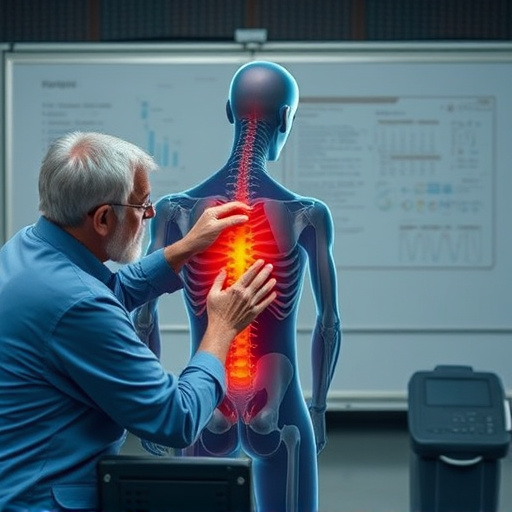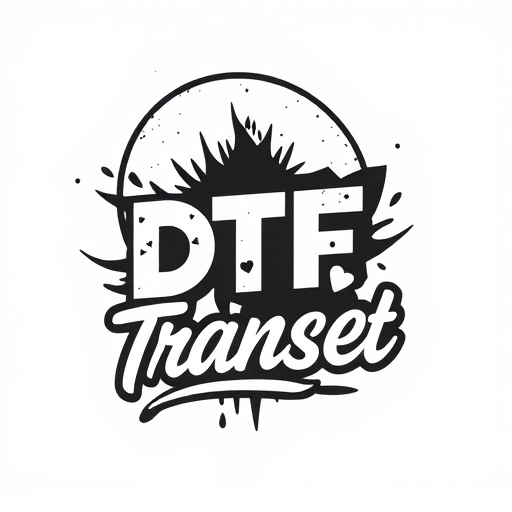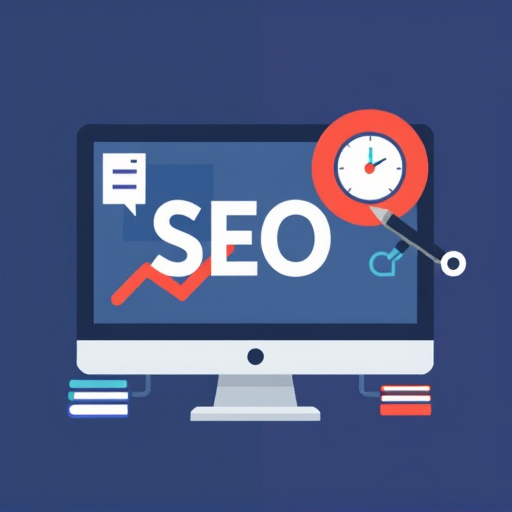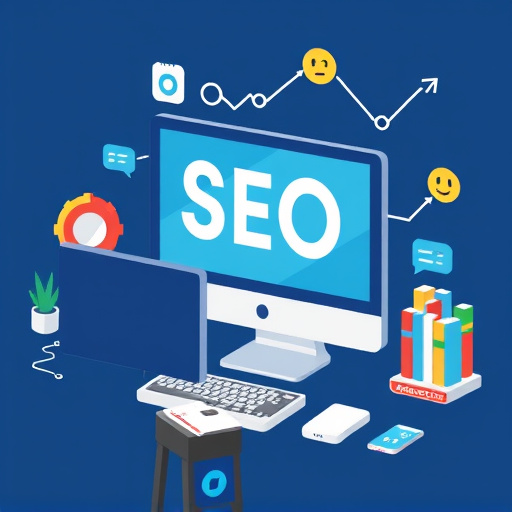In e-commerce, e-commerce web design and SEO are crucial for success. Optimizing structure, content, and performance improves search engine rankings and attracts organic traffic. Strategic keyword usage, mobile responsiveness, fast loading times, and engaging visuals enhance user experience and boost rankings, giving businesses an advantage in the digital marketplace. Integrating SEO best practices like structured data, optimized titles, strategic keywords, internal linking, and speed optimization techniques is key to a successful e-commerce web design.
In today’s digital landscape, a robust e-commerce web design is pivotal for online success. To stand out in a crowded marketplace, understanding SEO fundamentals is essential. This article delves into the core principles and best practices that underpin effective e-commerce web design, focusing on maximizing visibility through search engine optimization (SEO). We explore key elements from both an SEO and user experience perspective, guiding you towards creating engaging, optimized online stores that attract and convert customers.
- Understanding SEO Fundamentals for E-Commerce
- Key Elements of an Optimized E-Commerce Site
- Best Practices for User Experience and SEO Integration
Understanding SEO Fundamentals for E-Commerce

In the realm of e-commerce, understanding Search Engine Optimization (SEO) fundamentals is paramount for boosting online visibility and attracting potential customers. SEO-friendly e-commerce web design goes beyond visually appealing interfaces; it’s about crafting websites that search engines like Google can easily crawl and index. This involves optimizing key elements such as website structure, meta tags, content quality, and page loading speed to ensure your e-commerce site ranks higher in search results. By integrating best practices from digital marketing Dallas, businesses can significantly improve their Google search rankings, thereby increasing organic traffic and sales.
A strategic approach to SEO considers both on-page and off-page factors. On-page optimization includes using relevant keywords, creating high-quality product descriptions, and ensuring your site is built with a responsive web design that adapts seamlessly across various devices. Off-page strategies involve building backlinks from reputable sources and engaging in social media marketing to create a positive online reputation. When executed effectively, these SEO fundamentals not only enhance the user experience but also serve as a powerful tool for driving targeted traffic and increasing conversions in today’s competitive digital landscape.
Key Elements of an Optimized E-Commerce Site
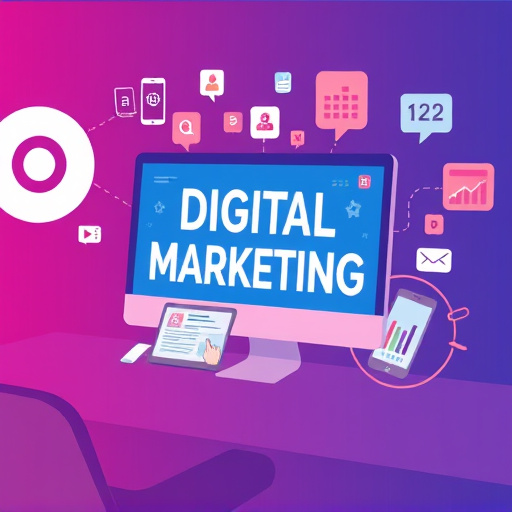
When it comes to SEO-friendly e-commerce web design, several key elements play a pivotal role in enhancing online visibility. One of the most crucial aspects is ensuring your website is optimized for search engines. This involves implementing robust keyword research strategies to incorporate relevant terms naturally into your site’s content, meta tags, and URLs. For instance, focusing on “e-commerce web design” can attract targeted traffic seeking specific solutions.
Additionally, a mobile-friendly website design is essential given the rising number of users accessing online stores through their smartphones. This not only provides an enhanced user experience but also positively impacts your search engine rankings. Other critical components include fast loading speeds, intuitive navigation, high-quality visuals, and well-structured product pages. Incorporating these elements effectively in a web design Arlington or Hollywood FL professionals can help create a competitive edge while ensuring your e-commerce site stands out in a crowded digital marketplace.
Best Practices for User Experience and SEO Integration

A successful e-commerce web design isn’t just about showcasing products; it’s about creating an engaging user experience that seamlessly integrates with search engine optimization (SEO) strategies. Best practices in this area involve prioritizing ease of navigation, ensuring mobile responsiveness, and implementing quick page load times. These elements not only enhance customer satisfaction but also signal to search engines that your website is valuable and relevant.
Integrating SEO into e-commerce web design begins with structured data markup, optimized product titles and descriptions, strategic keyword placement, and internal linking. Additionally, a focus on website speed optimization through image compression, caching, and content delivery networks improves user experience while boosting SEO rankings. For businesses in Web Design Arlington, responsive web design is crucial, ensuring your e-commerce platform looks and functions flawlessly across all devices, further strengthening your online visibility.
An effective e-commerce web design isn’t just about creating an attractive online store; it’s a strategic blend of user experience and SEO-friendly elements. By understanding fundamental SEO principles, incorporating essential site optimizations, and seamlessly integrating user experience, businesses can significantly enhance their online visibility. These practices ensure that not only do customers have a seamless browsing experience, but search engines can easily crawl and index your site, driving more traffic and potential sales.




